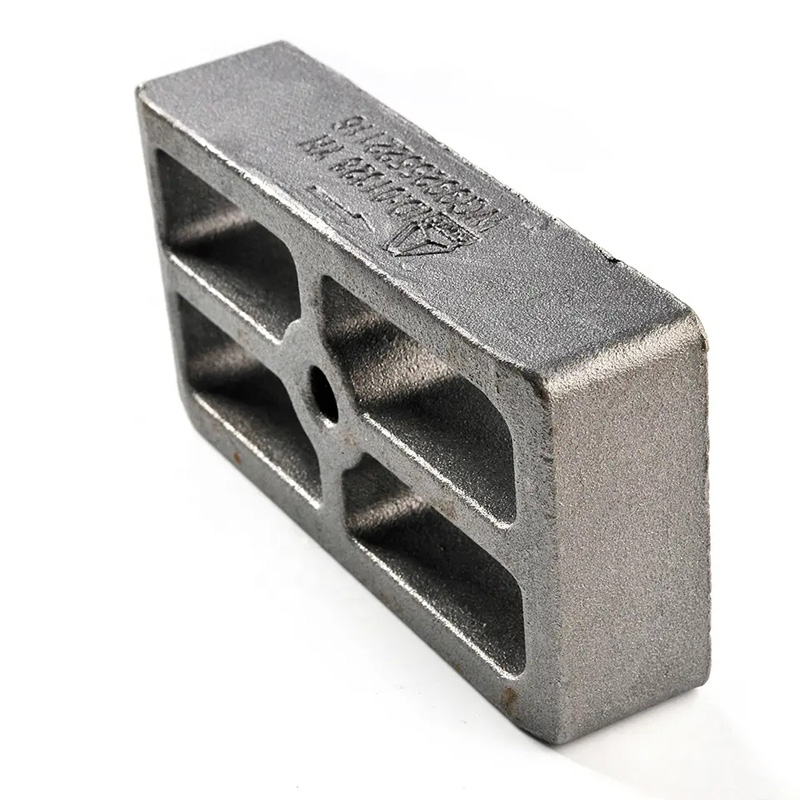The Production Process of Nodular Cast Iron Castings
2024-06-06
Nodular Cast Iron, also known as Ductile Iron, is a unique type of cast iron that exhibits exceptional properties, including high strength, ductility, and wear resistance. The production of Nodular Cast Iron Castings involves a precise and controlled process that ensures the desired material properties are achieved. Let's delve deeper into how Nodular Cast Iron Castings are produced.
1. Raw Material Preparation
The first step in the production of Nodular Cast Iron Castings is the preparation of the raw materials. This typically includes iron ore, scrap metal, and alloying elements such as magnesium and cerium. The iron ore is processed into pig iron, which is then melted down in a furnace along with the scrap metal and alloying elements.
2. Melting
The prepared raw materials are melted in a furnace at high temperatures, typically around 1,500°C. The furnace can be a cupola furnace, electric arc furnace, or induction furnace, depending on the production scale and requirements. During the melting process, the alloying elements are added to the molten iron to promote the formation of nodular graphite.
3. Nodularization
Nodularization is a crucial step in the production of Nodular Cast Iron Castings. It involves the addition of a nodularizing agent, such as magnesium or a magnesium-containing alloy, to the molten iron. This agent reacts with the sulfur and oxygen present in the iron, forming compounds that act as nucleation sites for the graphite to precipitate in a nodular or spherical form. The nodularization process is carefully controlled to ensure the desired graphite nodule size and distribution.
4. Pouring
Once the nodularization process is complete, the molten iron is poured into molds or casting dies. These molds are typically made of sand, metal, or ceramic and are designed to reproduce the desired shape and dimensions of the casting. The pouring process is carefully controlled to ensure that the molten iron fills the mold completely and evenly.
5. Cooling and Solidification
After the molten iron is poured into the mold, it cools and solidifies. The cooling process is carefully managed to control the rate of solidification and minimize defects such as porosity and shrinkage. The casting is then allowed to cool further before it is removed from the mold.
6. Post-Processing
Once the casting has cooled and solidified, it undergoes various post-processing steps. These include removing the gating system (the channels used to direct the molten metal into the mold), cleaning the casting surface, and inspecting it for defects. The casting may also be subjected to heat treatment to further enhance its mechanical properties.
7. Finishing and Inspection
Finally, the Nodular Cast Iron Casting undergoes finishing operations such as machining, grinding, and painting. These operations are performed to achieve the desired final dimensions, surface finish, and appearance. The casting is then inspected for quality assurance, ensuring it meets the required specifications and standards.
In conclusion, the production of Nodular Cast Iron Castings involves a precise and controlled process that begins with raw material preparation and culminates in a high-quality casting with exceptional properties. The nodularization step is particularly crucial in ensuring the formation of nodular graphite, which is responsible for the excellent mechanical properties of Nodular Cast Iron.



